Cloud computing has transformed the way we think about technology, providing scalable and flexible solutions that adapt to a variety of needs. Understanding the different service categories within cloud computing can help you leverage these technologies effectively, whether you’re a business owner, developer, or tech enthusiast. This guide breaks down the core cloud computing categories, offering insights into their unique features and benefits.
1. Software as a Service (SaaS): Delivering Software Over the Internet
What It Is: Software as a Service (SaaS) provides access to software applications via the internet, removing the need for local installations. This model is ideal for users who need access to software from any device without worrying about maintenance or upgrades.
Core Features:
- Hosted Applications: Applications are hosted and managed by a third-party provider.
- Subscription-Based: Typically offered on a subscription or pay-per-use basis.
- Accessibility: Accessible from any internet-connected device.
Why It Matters:
- Cost-Effective: Reduces upfront costs and eliminates the need for hardware and software maintenance.
- Scalable: Easily adjust your usage as your needs change.
- Convenient: Access your applications from anywhere, facilitating remote work and collaboration.
Popular Examples: Microsoft 365, Salesforce, and Google Workspace are leading SaaS solutions that streamline tasks like communication, CRM, and document management.
2. Platform as a Service (PaaS): Building and Managing Applications
What It Is: Platform as a Service (PaaS) offers a framework for developers to build, deploy, and manage applications without the complexity of managing the underlying hardware and software layers.
Core Features:
- Development Tools: Provides integrated development tools, frameworks, and services.
- Managed Infrastructure: The underlying infrastructure is managed by the provider.
- Integration: Offers services to integrate with other applications and databases.
Why It Matters:
- Accelerated Development: Streamlines the development process by providing pre-configured environments.
- Reduced Complexity: Focus on application development rather than infrastructure management.
- Enhanced Collaboration: Supports collaborative development and deployment.
Popular Examples: Google App Engine, Microsoft Azure App Services, and Heroku offer comprehensive PaaS solutions for building and managing web applications and services.
3. Infrastructure as a Service (IaaS): Flexible and Scalable IT Resources
What It Is: Infrastructure as a Service (IaaS) provides virtualized computing resources over the internet. This model offers flexible and scalable IT infrastructure, including virtual machines, storage, and networking.
Core Features:
- Virtualized Resources: Access to virtual machines, storage, and networking components.
- Scalability: Easily scale resources based on demand.
- Pay-as-You-Go: Typically billed based on usage.
Why It Matters:
- Cost Efficiency: Reduces the need for physical hardware and its associated costs.
- Flexibility: Scale resources up or down as needed without long-term commitments.
- Control: Greater control over the operating systems and applications running on the infrastructure.
Popular Examples: Amazon Web Services (AWS), Microsoft Azure, and Google Cloud Platform (GCP) are prominent IaaS providers offering a wide range of virtualized resources and tools.
4. Function as a Service (FaaS): Serverless Computing for Event-Driven Execution
What It Is: Function as a Service (FaaS) allows developers to execute code in response to specific events without managing servers. This serverless computing model is ideal for running discrete pieces of code in a scalable manner.
Core Features:
- Event-Driven: Executes code in response to events like HTTP requests or database changes.
- Serverless: Abstracts server management, focusing on code execution.
- Automatic Scaling: Automatically scales based on the number of events or triggers.
Why It Matters:
- Cost Efficiency: Pay only for the execution time and resources used by the code.
- Simplified Management: Reduces the need for server management and maintenance.
- Scalability: Automatically handles scaling with the volume of incoming events.
Popular Examples: AWS Lambda, Google Cloud Functions, and Azure Functions provide FaaS solutions that allow for efficient, event-driven computing.
5. Container as a Service (CaaS): Managing Containerized Applications
What It Is: Container as a Service (CaaS) offers a platform for managing and orchestrating containerized applications. Containers provide a portable and lightweight environment for running applications consistently across different environments.
Core Features:
- Container Management: Tools for deploying, managing, and scaling containers.
- Scalability: Easily adjust the number of containers based on demand.
- Portability: Consistent application behavior across various environments.
Why It Matters:
- Efficiency: Optimizes resource usage and speeds up application deployment.
- Portability: Ensures applications run consistently across development, testing, and production environments.
- Simplified Operations: Streamlines the management of containerized applications with integrated tools.
Popular Examples: Google Kubernetes Engine, Amazon ECS (Elastic Container Service), and Azure Kubernetes Service are leading CaaS platforms for managing containerized applications.
Conclusion
Cloud computing encompasses a range of service categories, each designed to meet different needs and provide unique benefits. From SaaS’s software delivery over the internet to IaaS’s flexible infrastructure and FaaS’s event-driven code execution, understanding these categories can help you make informed decisions about cloud solutions. Whether you’re looking to streamline software access, accelerate development, or manage scalable infrastructure, exploring these cloud computing categories will enable you to leverage technology more effectively and efficiently.


